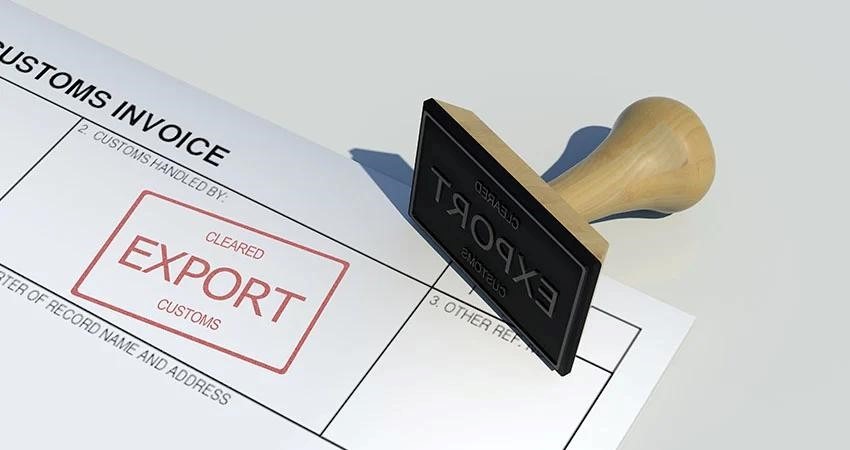In the context of importing goods, buyers can benefit from reduced risk through the utilization of Delivered at Place terms. The agreements also introduce a component of risk. Customs clearance is conducted before the item arrives at the buyer’s specified location. This implies that the customs authorities are required to authorize the shipment’s passage before its transfer to the buyer. The customer is responsible for any fees incurred in the case of a delay or detention. Nevertheless, certain strategies can be employed to mitigate the potential risks associated with a DAP agreement for both parties involved. Read further to know more about dap incoterms.
Recommendations for Efficient DAP Shipping
- Select the desired location.
One frequently encountered oversight is the failure to include the previously discussed and mutually agreed upon location. Many sellers currently provide delivery services to the buyer’s designated place as a part of their DAP shipping options. Yet, this is not consistently the situation. Both the buyer and the seller must mutually agree upon a designated location. Deliveries can be arranged to the buyer’s preferred destination, including seaports, airports, or any other specified location.
Upon the completion of product delivery, it is the buyer’s responsibility to assume liability for any potential damages or losses that may transpire. Buyers are responsible for bearing the expenses associated with goods stored at the port if they fail to notify sellers regarding the designated delivery location or neglect to provide the necessary customs documentation.
- Determine the estimated arrival time of your packages.
A forfeiture takes place if either the buyer or the supplier fails to sell the product within the agreed-upon timeframe due to one party’s failure to obtain the necessary clearance. The delivery should occur on the previously agreed-upon date.
The responsibility for the delayed delivery of the required documents lies with the party accountable for it. However, determining the exact individual or entity at fault may prove challenging. If buyers fail to successfully clear goods, it is their responsibility to assume the associated risks and costs of products that have been detained by customs.
- Select the insurance provider that will provide coverage for the items.
One area of concern pertains to the insurance coverage for the goods. The DAP shipping terms do not require sellers to obtain insurance for their items, despite sellers being held accountable for any loss or damage that may occur before fulfillment. Furthermore, the contracts do not include any provisions that require purchasers to acquire insurance for their transactions. Ensuring the safeguarding of every shipment is a customary practice.
- Ensure that the necessary clearance is obtained for the importation of the products.
The items will be securely stored in a designated facility for storage till the buyer furnishes all the necessary documentation as mandated by customs regulations. Before the delivery of goods, it is imperative to complete the requisite customs documentation. The expenses related to detention and shipping delays are transferred to the buyers if incorrect documentation leads to a holdup in the clearance procedure.

When is it appropriate to use a DAP agreement?
DAP shipping provides customers with a range of alternatives, each of which offers significant benefits to both the buyer and the seller. As a result, a clause becomes viable whenever a seller is willing to accept its terms.
- If the designated location is the buyer’s storage facility then the Incoterm DAP indicates that the buyer assumes responsibility for the payment of the shipment upon the products’ arrival at the specified destination.
- It is mandatory for buyers to inform their sellers when accepting a DAP transaction. The buyer is required to specify the destination, and it is advisable to establish a timeline to guarantee that the seller makes diligent efforts to comply with the deadline and reduce any potential delays.
- During the import and export of goods, it is imperative for the buyer and seller to engage in a discussion regarding the party responsible for any expenses related to custody or storage expenses that may arise due to unforeseen risks.
- There is a potential for the client to acquire the items from the supplier, contingent upon the seller’s agreement to deliver additional stock to a connected storage facility in the vicinity. The customer is solely responsible for covering the costs related to unloading and any applicable import tariffs.
Conclusion
DAP shipping entails certain responsibilities that must be fulfilled by both the seller of the goods and the buyer for the process to proceed smoothly. To ensure an effortless deal with your supplier, it is essential to establish the shipping destination, determine the shipment timeline, select an appropriate insurer, and obtain the necessary import clearance. If all necessary procedures are followed correctly, there should be no issues encountered during the transportation of your goods.



